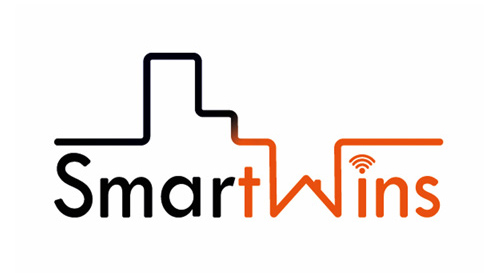Innovating Sustainability in Construction: An Interview with Egle Klumbyte
Interview with Egle Klumbyte
Paulius Spūdys: Let’s start by discussing the motivation behind your study. What factors led you to delve into the integration of sustainability principles using digital tools in the built environment?
Egle Klumbyte: The motivation behind our study stems from the urgent need to address the substantial environmental impact of the building sector. As a result, we need to reduce emissions over the entire life cycle of buildings. Therefore, there are current gaps and challenges in achieving a holistic understanding of a building’s environmental performance. While many efforts have been made to improve sustainability in construction, there remains a crucial missing piece—a comprehensive tool that can track a building’s journey from its initial design to its eventual decommissioning.
By enhancing the whole building Life Cycle Assessment (LCA) through Building Information Modelling (BIM), we could bridge this gap by providing a dynamic tool that captures and analyzes data at every stage of a building’s existence. By doing so, we can empower architects, engineers, and decision-makers with comprehensive insights, fostering more sustainable designs, material selections, and operational practices.
PS: Your study details the development of an Application Programming Interface (API) for carrying out life cycle analyses. Why did you develop it?
EK: The aim was not only to review the state of research on this subject, but also to put forward a proposal to help break new ground. That’s why, we have established a method for integrating Building Information Modeling into Life Cycle Assessment, developed an API on this basis and carried out a test via a case study.
The API is a tool that allows different software systems to communicate and exchange data. In our case, we developed an API that extracts data from BIM models and conducts Life Cycle Assessments, considering a building’s environmental impact from design to demolition.
PS: Your case study focused on a two-story apartment building in the Netherlands. How did you select this building, and what were the key findings?
EK: The selection was based on its representation of the regional building stock, significant environmental impact, and data availability. We found that our API successfully generated life cycle environmental indicators for this building. Importantly, our results aligned well with those obtained from a commercial software tool, confirming the accuracy and effectiveness of our approach.
The proposed approach consists of three stages: data preparation, data extraction, and 6D BIM generation. The model was applied to a case study building, and the main Level(s) indicators were extracted.
PS: Your study also emphasises challenges in BIM-LCA integration. Could you elaborate on these challenges and how they impact the industry?
EK: One of the challenges is the lack of a uniform database platform for input data, making it difficult to compare results across different projects. We believe that standardisation, collaborative efforts, and training techniques are necessary to address these challenges and promote sustainable practices effectively. Level(s) is at an early stage of development, and it needs a lot of actions to establish itself in the market.
PS: Your research highlights the Level(s) framework as a promising tool. Could you explain how this framework contributes to sustainability in the building sector?
EK: The Level(s) framework provides a set of indicators and common metrics for measuring the performance of buildings along their life cycle. It offers a common language for comparing buildings across European countries and aligning with regional and national climate targets. By incorporating Level(s) indicators into our API, we aim to participate in this standardisation.
PS: Looking to the future, what do you see as the next steps for BIM-LCA integration and sustainable building practices?
EK: There’s still much work to be done. We need to develop more standardised databases, encourage engineers to adopt LCA tools, and continue refining frameworks like Level(s) to better align with global sustainability goals. Furthermore, integrating location-based data into our approach would enhance its accuracy and relevance. Ultimately, collaboration among researchers, industry professionals, and policymakers is crucial for driving positive change in the construction sector.
